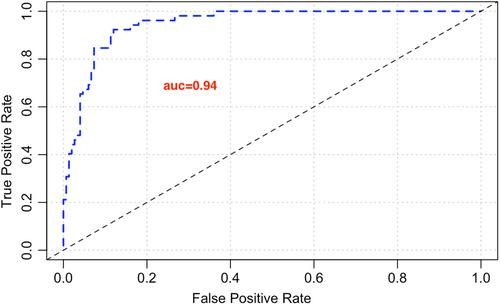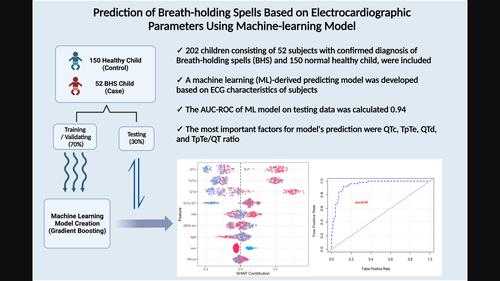Breath-holding spells (BHS) are common in infancy and early childhood and may appear like seizures. Factors such as autonomic dysfunction and iron deficiency anemia are thought to contribute to the incidence of BHS. In this study, electrocardiographic (ECG) parameters of patients with BHS were compared to those of healthy, normal children. Logistic regression and machine-learning (ML) models were then created to predict these spells based on ECG characteristics.
In this case–control study, 52 BHS children have included as the case and 150 healthy children as the control group. ECG was taken from all children along with clinical examinations. Multivariate logistic regression model was used to predict BHS occurrence based on ECG parameters. ML model was trained and validated using the Gradient-Boosting algorithm, in the R programming language.
In BHS and control groups, the average age was 11.90 ± 6.63 and 11.33 ± 6.17 months, respectively (p = .58). Mean heart rate, PR interval, and QRS interval on ECGs did not differ significantly between the two groups. BHS patients had significantly higher QTc, QTd, TpTe, and TpTe/QT (all p-values < .001). Evaluation of the ML model for prediction of BHS, fitting on the testing data showed AUC, specificity, and sensitivity of 0.94, 0.90, and 0.94 respectively.
There are repolarization changes in patients with BHS, as the QTc, QTd, TpTe, and TpTe/QT ratio were significantly higher in these patients, which might be noticeable for future arrhythmia occurrence. In this regard, we developed a successful ML model to predict the possibility of BHS in suspected subjects.



